NRC schedules Atlanta meeting
A hybrid public meeting hosted by the Nuclear Regulatory Commission on October 30 will feature chair Christopher Hanson and commissioners David Wright, Annie Caputo, and Bradley Crowell.

A message from Electrical Builders, Ind.
America’s Top Performing Nuclear Plants Rely on Electrical Builders, Industries to Expand and Extend the Life of Their Critical Electrical Assets
A hybrid public meeting hosted by the Nuclear Regulatory Commission on October 30 will feature chair Christopher Hanson and commissioners David Wright, Annie Caputo, and Bradley Crowell.
The Tennessee Valley Authority’s board of directors approved $150 million in additional funding to continue design work and TVA’s plans for small modular reactors at its Clinch River site near Oak Ridge, Tenn. With that decision late last week and an initial $200 million investment announced in early 2022, TVA has put a total of $350 million toward the development of SMRs at the site.
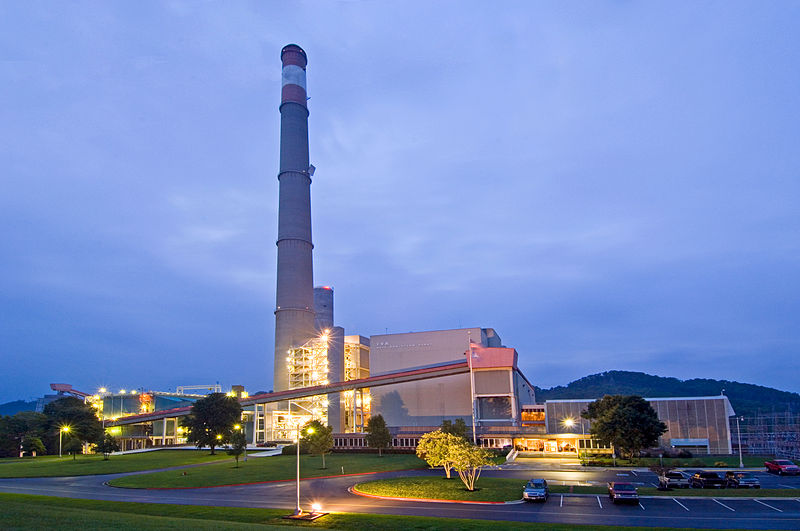
Type One Energy Group announced plans on February 21 to relocate its headquarters from Madison, Wis., to the Tennessee Valley Authority’s (TVA) Bull Run fossil plant in Clinton, Tenn., where it will build a stellarator fusion prototype machine. According to the company, the construction of the stellarator—called Infinity One—could begin in 2025, if necessary environmental reviews, partnership agreements, permits, and operating licenses are all in hand.
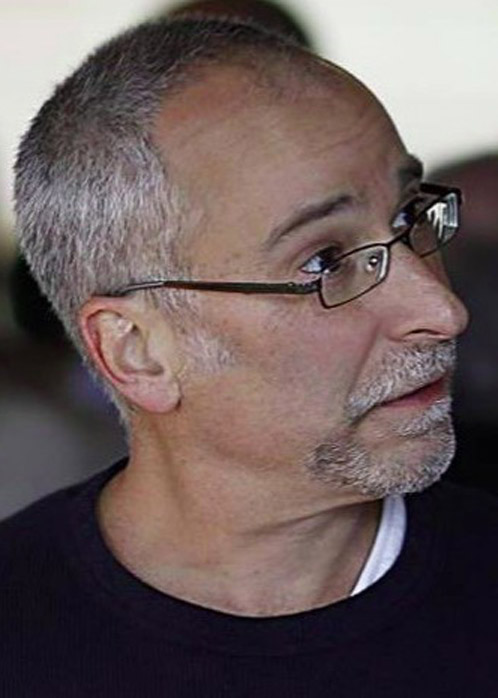
Wesoff
According to an admittedly informal and unscientific survey of people from online “nuclear affinity groups” conducted by Eric Wesoff, the editorial director for clean energy newsroom Canary Media, there is no consensus regarding when the next nuclear power plant will come on line in the United States. Wesoff recently reported that upon polling his nuclear-connected network on LinkedIn, X, and Reddit, he found that “the responses were all over the map.”
Nuclear renaissance? Wesoff was prompted to try his survey about the expected date for the next nuclear plant because “conditions are perfect for the American nuclear renaissance.” He cited strong support for the nuclear industry from the Department of Energy as well as from public opinion polls and online “influencers.” He thought therefore that he would find confident predictions for when the next new U.S. reactor would go on line. Instead, he found uncertainty and varied responses.
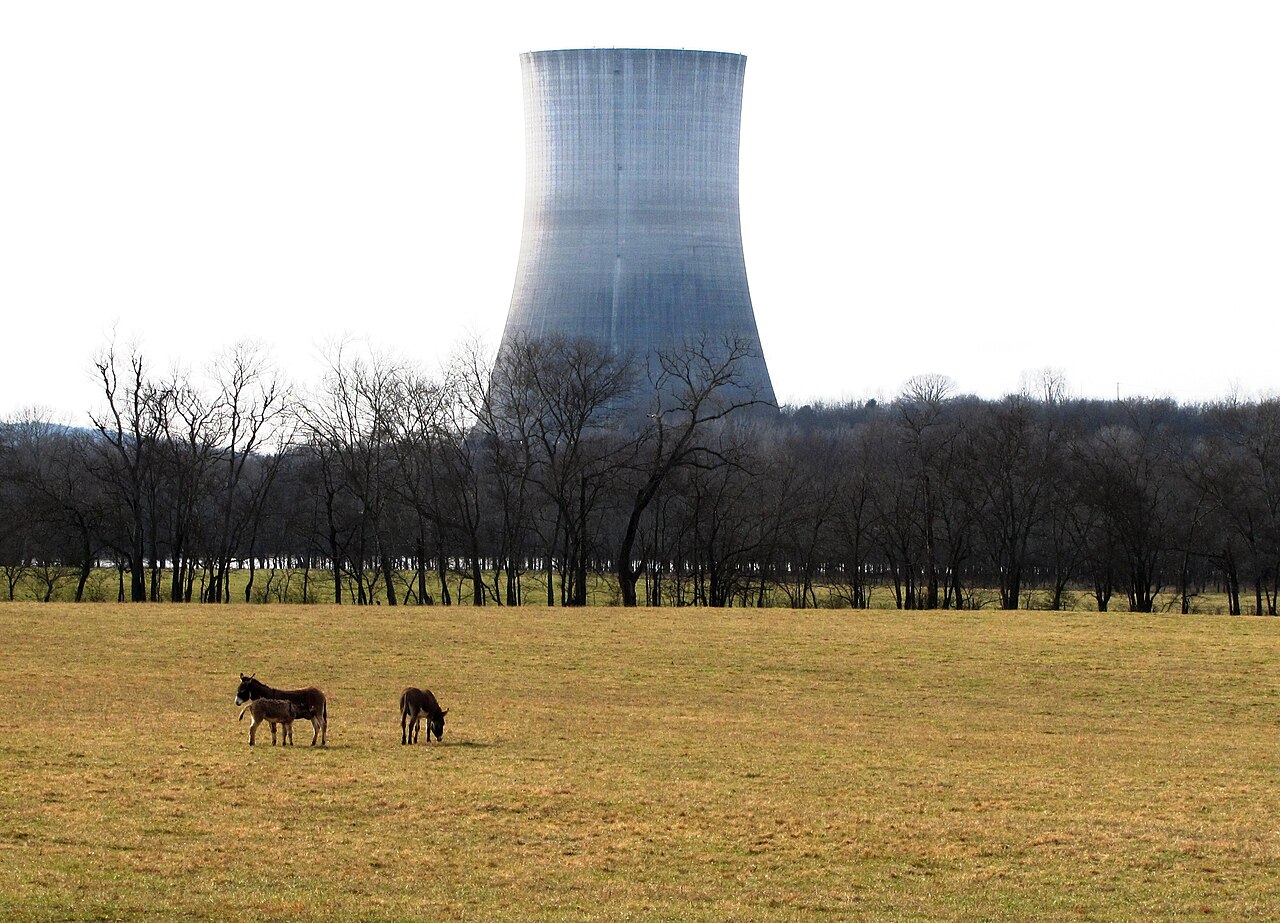
Three people were arrested on January 3 when they paraglided onto the site of a canceled nuclear power plant in Hartsville, Tenn., according to Nashville news station WSMV.

Matt Rasmussen
Do you remember the days when nuclear was a contractor’s dream? When craftworkers could work outages every fall and spring at a high wage and make enough to take summers off? When companies had to turn down craftworkers looking for outage work because there were more people than positions? Well, those days are far behind us. How many of us struggle every year to fill our outage billets for pipefitters, boilermakers, and electricians? How many of us see return rates of less than 50 percent for some sites?
Industrial growth and demand in the United States have skyrocketed over the past 10 years in no small part due to our ability to provide reliable and low-cost power. The Tennessee Valley region’s population is growing at three times the national average. Nashville is growing at the rate of one Chattanooga—that is, 180,000 people—every four years.
At the 2023 Utility Working Conference, held August 6–9 on Marco Island in Florida, the second day’s plenary opened with a panel session featuring five nuclear industry executives who discussed the future of nuclear energy and its resiliency in a low-carbon world. Speakers included Tim Rausch, executive vice president and chief nuclear officer with the Tennessee Valley Authority, Robert Schuetz, chief executive officer of Energy Northwest, Sean Sexstone, executive vice president of advanced nuclear at GE Hitachi Nuclear Energy, and Pierre Paul Oneid, senior vice president and chief nuclear officer of Holtec International.

Rasmussen
The plenary sessions held earlier this month in Florida at the 2023 ANS Utility Working Conference were focused on the concept of resilience, the meeting’s theme. The August 9 plenary, which was moderated by UWC general chair Matt Rasmussen, senior vice president of engineering and operations support for the Tennessee Valley Authority, included presentations by Chris Glover, president and chief executive officer of Volkswagen Chattanooga; Petro Kotin, president of Ukraine’s nuclear plant operator Energoatom; and Steve L. Robbins of S. L. Robbins and Associates. The session’s opening remarks were provided by Rep. Byron Donalds (R., Fla.).
More than 700 registered attendees descended on Florida’s Marco Island for the ANS Utility Working Conference this week, with many traveling through a wave of severe storms to get there—a fitting start to a meeting themed “Building Resiliency in a Rapidly Changing World.”
Three days of panels and educational sessions formally opened on Monday, August 7, with a plenary on “The Nuclear Industry’s State of Resiliency” featuring three invited speakers: Annie Caputo, NRC commissioner; Bob Willard, president and chief executive officer of the Institute of Nuclear Power Operations; and Jeff Lyash, president and CEO of the Tennessee Valley Authority. Matthew Rasmussen, general chair of the UWC and senior vice president for engineering and operations support at TVA, introduced the speakers following opening remarks from ANS President Kenneth Petersen and ANS Executive Director/CEO Craig Piercy. Together, the plenary speakers pointed to challenges ahead in ensuring effective leadership, nuclear plant resilience, and energy security—and found cause for celebration in the recent and long-awaited announcement of commercial operation at Vogtle-3.

Kairos Power has filed a construction permit application with the Nuclear Regulatory Commission for a two-unit version of its Hermes advanced test reactor.
Tennessee Gov. Bill Lee has announced appointments to his Tennessee Nuclear Energy Advisory Council, established recently via executive order to help position the Volunteer State as a national leader in nuclear innovation.
The Nuclear Regulatory Commission staff has completed its final safety evaluation for Kairos Power’s application to build its Hermes advanced test reactor at a site in Oak Ridge, Tenn., the agency announced recently. The evaluation found no safety aspects precluding issuance of a construction permit for the proposed reactor.
.jpg)
Ontario Power Generation—owner and operator of Canada’s Darlington and Pickering nuclear plants—and Poland’s ORLEN Synthos Green Energy (OSGE) have signed a letter of intent (LOI) that builds on the companies’ existing cooperation on the deployment of small modular reactors in Europe, OPG announced last week.
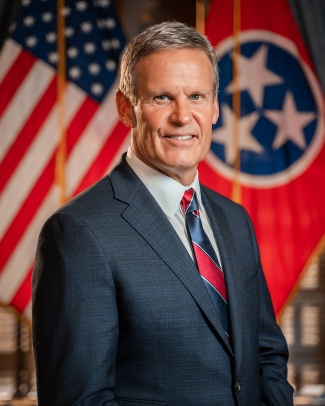
Lee
In his latest effort to promote the growth of nuclear energy in his state, Tennessee Gov. Bill Lee signed an executive order on Tuesday to establish the Tennessee Nuclear Energy Advisory Council.
“Tennessee is ready-made to lead America’s energy independence and drive continued economic growth with safe, clean, and reliable nuclear energy for the future,” Lee said at a news conference held at the University of Tennessee’s Knoxville campus to publicize the document. “Today, I’m signing an executive order that will continue our work to make Tennessee the number-one state for nuclear energy companies to invest and thrive, bringing greater opportunity and quality jobs for Tennesseans.”

In the new year, ANS launched Trustees of Nuclear, a corporate partnership program ANS executive director/chief executive officer Craig Piercy announced in the January issue of Nuclear News (p. 25). The goal of Trustees of Nuclear is to directly support ANS’s programs aimed at improving nuclear literacy, like the Society’s K-12 nuclear STEM activities, public engagement, and discussions with policymakers. As the main professional organization for the whole nuclear discipline, ANS is in a unique position to unite leaders in the nuclear community to focus on these long-term programs and help the country realize the full potential of the atom.
“I’m glad you came to our party!” said GE Hitachi Nuclear Energy (GEH) chief nuclear officer Nicole Holmes as she prepared to announce that Wilmington, N.C.–based GEH will develop a standard design for its BWRX-300 boiling water small modular reactor with not one but three power producers representing three countries: Tennessee Valley Authority (TVA), Ontario Power Generation (OPG), and Synthos Green Energy (SGE). Celebration was a theme throughout the March 23 event held in Washington, D.C., which was flush with dignitaries representing the United States, Canada, and Poland.
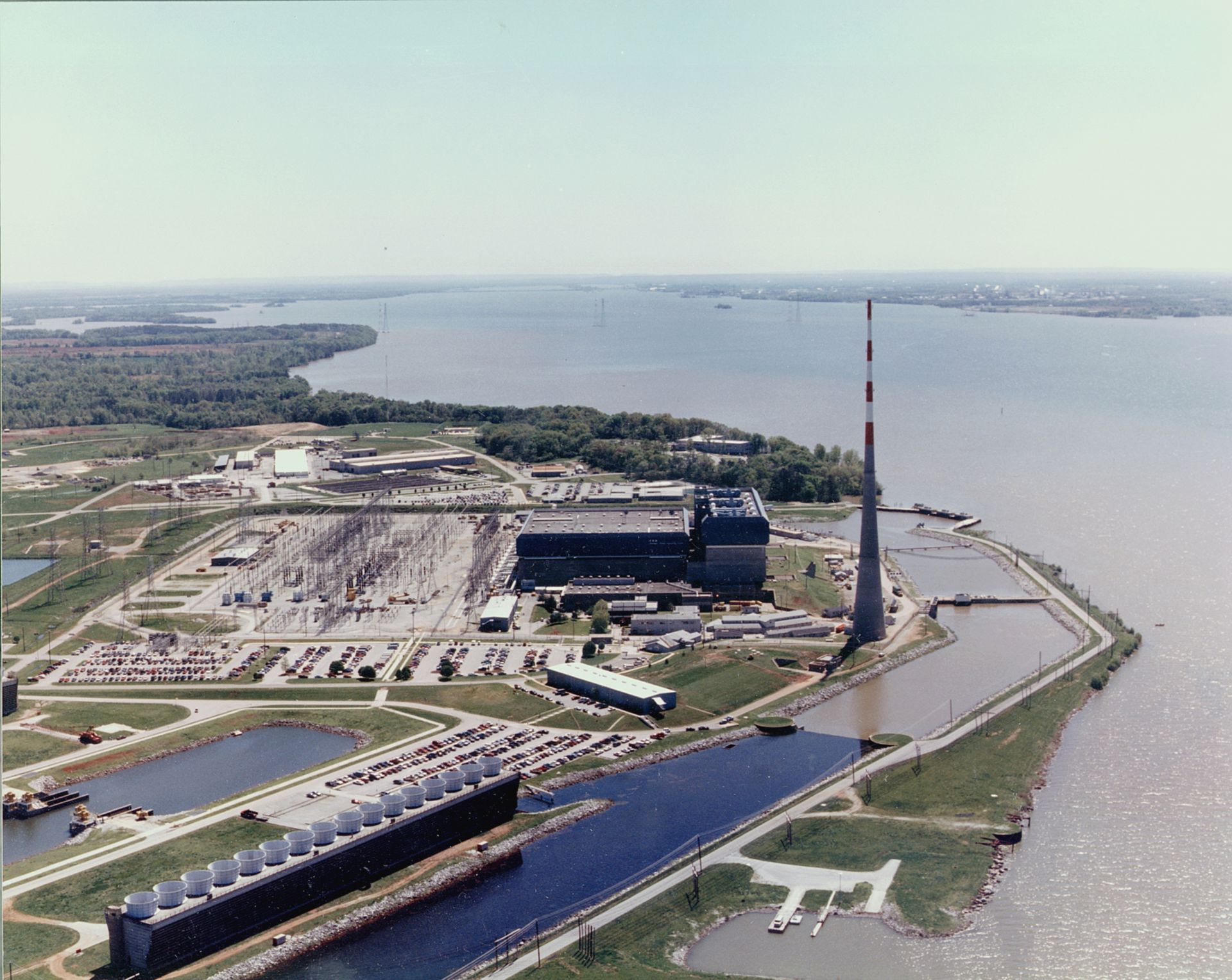
The Tennessee Valley Authority took Browns Ferry-2 off line February 17 for a refueling and maintenance outage, following a nearly two-year, breaker-to-breaker run—the first in the Alabama nuclear plant’s history.
According to the utility, the unit established a new record for itself with 665 days of continuous operation, producing more than 20 billion kilowatt-hours of electricity.
Estonia’s Fermi Energia has selected GE Hitachi Nuclear Energy’s BWRX-300 small modular reactor for potential deployment in that European country, GEH announced on February 8.

Wilmington, N.C.–based GE Hitachi Nuclear Energy and Canadian firms Ontario Power Generation, SNC-Lavalin, and Aecon announced this morning the signing of a contract for the deployment of a BWRX-300 small modular reactor at OPG’s Darlington nuclear site in Canada. According to the announcement, it is the first commercial contract for a grid-scale SMR in North America.

Another calendar year has passed. Before heading too far into 2023, let’s look back at what happened in 2022 for the American Nuclear Society and the nuclear community. In today's post that follows, we have compiled from Nuclear News and Nuclear Newswire what we feel are the top nuclear news stories from April through June 2022.
Stay tuned this week for the top stories from the rest of the past year.
But first: